
My only qualm with Westward The Women might be the title itself because otherwise, it’s a striking movie that should rightfully be heralded as a supremely significant western for the story it chooses to tell. At the very least, the title does make it evident that this is a story with women at the forefront — after all, the journey west was just as much theirs as anyone else’s. They just needed someone in a position of influence to enable them.
John McIntire is the visionary who can see what his land would become if subdued by men who could settle down with wives and make it into a suitable country. He’s already got the land. He’s already got the hands to work it. He just needs the women.
But he needs a man with the grit and horse sense to make it a reality because the closest females are thousands of miles away from his pristine California valley. Buck Wyatt (Robert Taylor) is the man for the job with a plethora of experience when it comes to being a wagon master. This task seems nearly unthinkable, and he takes it mainly for the money. He doesn’t necessarily believe they can make it. He hasn’t met the women yet.
As if to confirm his expectations, most of them are city folk and have neither fired guns nor ridden horses. They already have a few strikes against them. He’s hardly impressed, propped up in the corner with his hat tipped back contemptuously. During the vetting process, Mr. Whitman takes on the recruits with a far more benevolent eye.
They run the gamut from the imposing Hope Emerson to ladies with sullied reputations (among them Denise Darcel). The fact that an Italian widow and her young son sign aboard must also make us pause for a moment.
Because Westward the Women isn’t merely a story about heroic women — it is certainly this. However, since it was originally conceived by Frank Capra (who wrote the story and planned to direct), it’s an immigrant tale, albeit between Chicago and California.
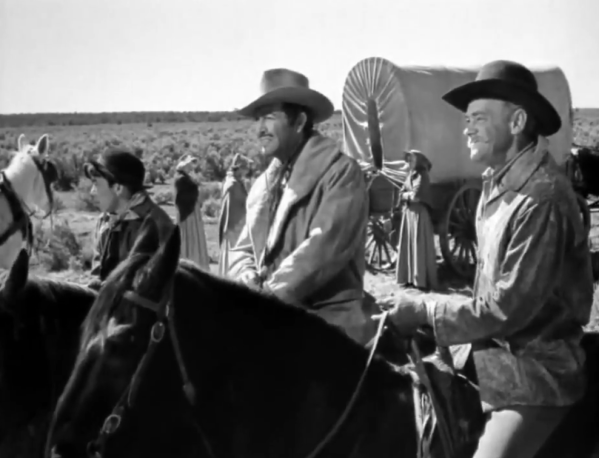
While Robert Taylor is rightfully acerbic and disaffected for the part, he also has a strict sense of equity extending to both genders. Although he has a crew of veteran men working with him, he’s not going to take any of their guff or fooling around, and he’s prepared to kill to maintain order. It’s supremely harsh but then again, he seems to understand something few others do: This is a life or death scenario.
There are the torrential downpours that nearly wash them away, the treacherous terrain crushes a couple of their wagons to pieces, and, of course, there’s the threat of Indian raids. Worst of all is the internal division inside the company. Buck knows they will never survive if they can’t stick together.
The trail requires the supreme sacrifice of many who give their lives in service to the journey. It’s never easy but more than anyone else, the women’s resolve is firm. They will make it to their destination even if it kills them. Moment by moment, we learn more about the depth of their character.
The movie is a western that cuts against the grain — of both the 1850s and the 1950s — engaged in telling a story predominantly about women featuring a Japanese character who feels at least a little bit more substantial than a sideshow attraction. His existence at all feels unheard of for depictions of either era.
I wish more directors and westerns had seen fit to have characters like Henry Nakamura (also featured prominently in Go For Broke!). While he might not be a totally integral piece, he adds yet another perspective to the movie and provides a kind of empathetic echo chamber for Robert Taylor (ie. When you’re wrong big boss, I’ll tell you).
There’s also the long-running gag with Ito’s Japanese creating an unspoken irony between what he says in his native tongue and what he expresses to Wyatt. When they finally happen upon the grave of Wyatt’s dead buddy (and with it a cache of rum), Ito voices his surprise, then says “Good ol’ Quackenbush.” His translation is liberal, to say the least!
Still, one of the most unforgettable interludes comes with reading off the roll call of those who were lost in the latest raid. It moved me immensely. Most of these women we don’t know by name, but they leave an insurmountable impact on the story representing so much of the human spirit and the dignity held aloft by the film. They feel, rightfully so, like a hallowed list of heroes.
And again, over any prevailing plot points, it’s the specific touches that will be remembered going forward. With the trail getting unstable ahead, the women are beseeched to lighten their loads and begrudgingly ditch all their worldly possessions at the roadside. It becomes a graveyard of discarded belongings as they roll ever onward.
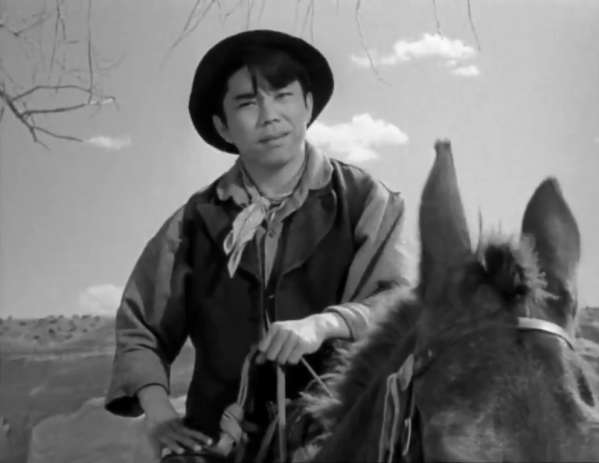
Then, there’s a little dog being carried along in a bucket under the birth of the wagon or the impression of a wayward wagon wheel left behind in the middle of the desert in their wake. They stop for nothing.
Finally, they get to The Promised Land, with fresh springs of running water, but before they go over the hill, Buck vows to gather together garments so they can look their best for their future husbands. There’s a kind of mounting expectation on all sides. It’s something supremely special they all get to take part in and we are privy to it as well.
When Taylor speaks to the men, he entreats them, “These are good women, great women, make sure you treat them right because God help you if you don’t.” He’s grown to esteem them just as his audience has. Thankfully, these men will too.
When the sexes finally get together, it feels a bit like a western cotillion and the ending is fittingly idyllic as they create a kind of rural utopia built on the bedrock of matrimony, decency, and hard work.
John Ford was always the purveyor of civilization making its way across the West, but we must remember Capra also had a stake in representing the American Dream. As the actual director of this film, William Wellman does a fine job capturing the adventure with the trials and tribulations of a wagon train, highlighted by numerous standout performances garnering an abiding admiration for all these folks.
Westward The Women is sadly the exception to the rules governing the western genre, but what a treasure it is to have as a kind of hagiography to the pioneering ladies who weathered immense hardship to pursue their dreams. Whether fact or fiction, the portrayals feel revolutionary, and what a joy it is to find such bountiful parts for people as diverse as Hope Emerson and Henry Nakamura. They suggest a fuller, richer western landscape than we’re in a habit of seeing.
4/5 Stars


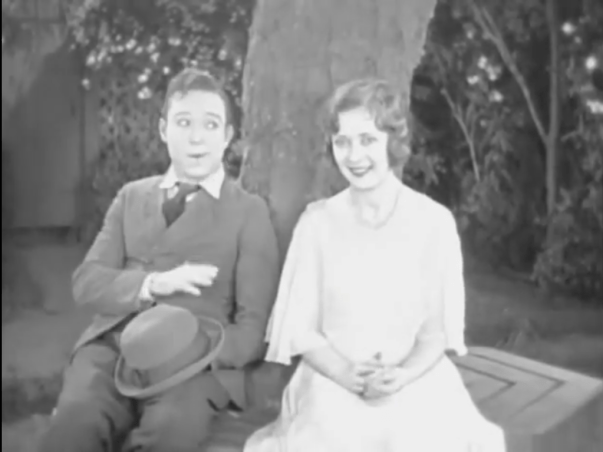
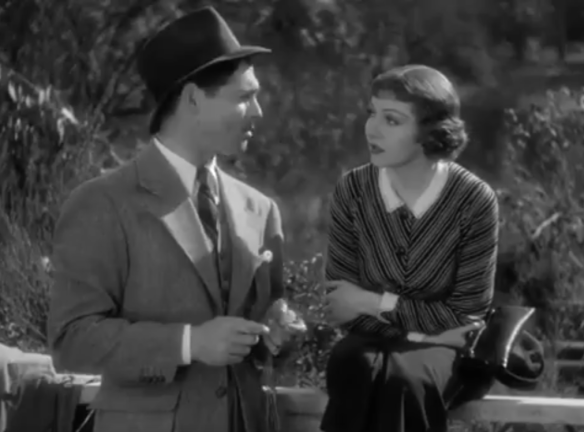
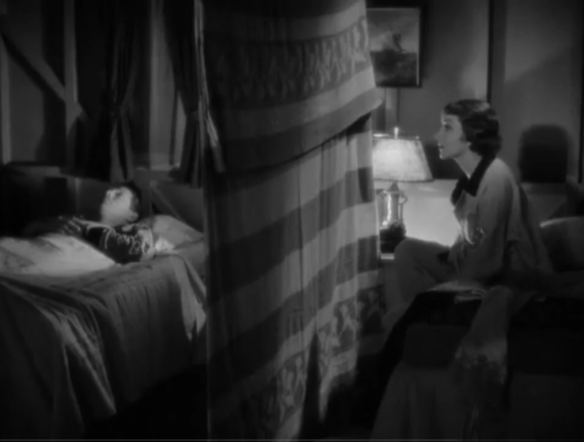

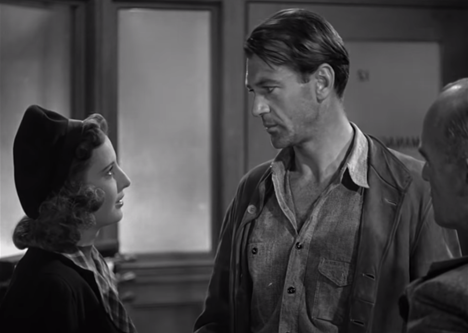
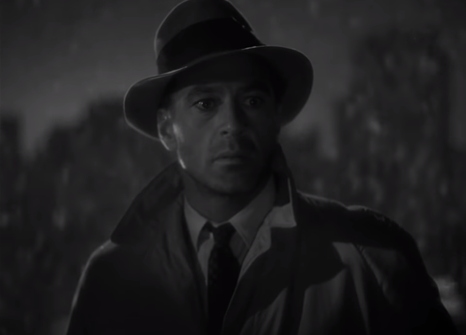
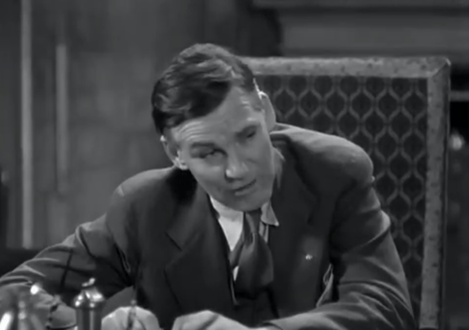

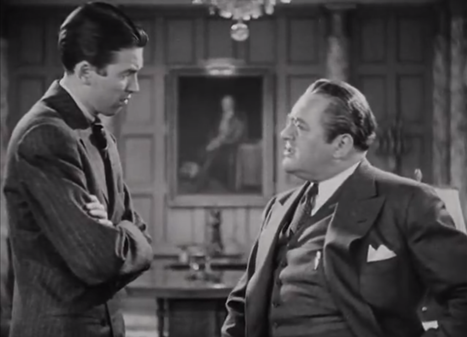



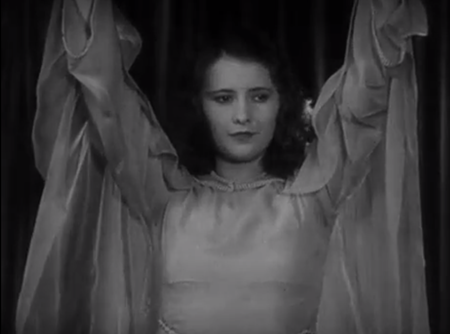


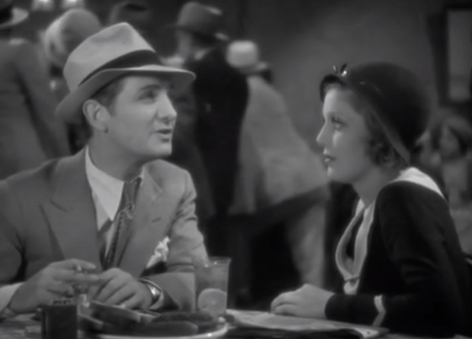


 The opening credits roll and recognition comes with each name that pops on the screen. Jean Arthur, James Stewart, Claude Rains, Edward Arnold, Guy Kibbee, Thomas Mitchell, Eugene Palette, Beulah Bondi, H.B. Warner, Harry Carey, Porter Hall, Charles Lane, William Demarest, Jack Carson, and of course, Frank Capra himself.
The opening credits roll and recognition comes with each name that pops on the screen. Jean Arthur, James Stewart, Claude Rains, Edward Arnold, Guy Kibbee, Thomas Mitchell, Eugene Palette, Beulah Bondi, H.B. Warner, Harry Carey, Porter Hall, Charles Lane, William Demarest, Jack Carson, and of course, Frank Capra himself.